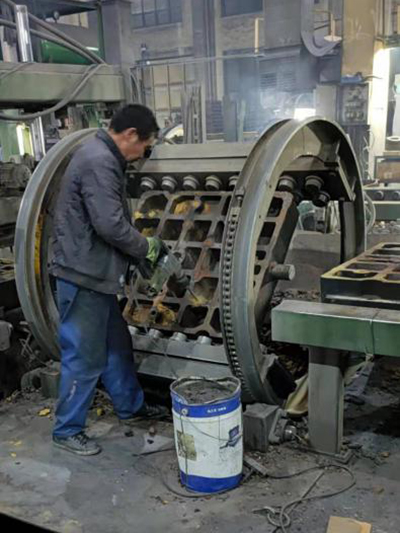The Rise of Resin-Coated Frac Sand A Game Changer in Hydraulic Fracturing
In recent years, the oil and gas industry has witnessed significant advancements in technology and materials, particularly in hydraulic fracturing, commonly known as fracking. One of the most notable developments is the increasing use of resin-coated frac sand, which has emerged as a preferred proppant due to its enhanced performance characteristics compared to traditional frac sand.
Fracking involves injecting a fluid mixture into underground rock formations to create fractures, allowing oil and gas to flow more freely. The fluid is typically composed of water, chemical additives, and proppants—solid materials that keep the fractures open once the pressure is released. Traditionally, natural sand has been used as the primary proppant; however, its limitations have led operators to explore alternatives.
The Rise of Resin-Coated Frac Sand A Game Changer in Hydraulic Fracturing
One of the key advantages of resin-coated frac sand is its ability to withstand higher pressures and temperatures, making it particularly suitable for deep wells and high-stress environments. In these challenging conditions, traditional sand may crush or embed into the fractures, reducing effectiveness. However, the enhanced strength of resin-coated sand allows it to maintain its integrity, ensuring that the fractures remain open and capable of facilitating hydrocarbon flow.
resin coated frac sand

Economic considerations also play a significant role in the adoption of resin-coated frac sand. While the initial cost is higher than that of traditional sand, the potential for increased production and efficiency often justifies the investment. Producers seeking to maximize their yields and reduce operational costs find that the performance improvements of resin-coated sand can lead to higher profitability in the long run. Furthermore, as technology continues to advance, the costs associated with producing resin-coated proppants may decrease, making them an even more attractive option for operators.
Environmental concerns have also spotlighted the benefits of resin-coated frac sand. The increased effectiveness of this proppant can lead to fewer wells being drilled, potentially reducing the environmental footprint associated with hydraulic fracturing operations. Additionally, using resin-coated sand can result in less water usage, as operators can achieve optimal results with a smaller volume of fluid.
However, the rise of resin-coated frac sand is not without challenges. The production process requires careful management of the resin application to ensure uniformity and performance. Additionally, the supply chain for resin-coated sand must be robust to meet the growing demand from operators, necessitating investments in infrastructure and logistics.
Despite these challenges, the future of resin-coated frac sand looks promising. As the industry continues to evolve, innovative technologies and materials are likely to emerge, further enhancing fracking efficiencies. Research and development in proppant designs may lead to more specialized formulations tailored for specific geological conditions, broadening the applicability of resin-coated sand.
In conclusion, resin-coated frac sand represents a significant advancement in the hydraulic fracturing sector, offering improved performance and economic advantages over traditional sand. As the energy landscape continues to change, the ability to adapt and innovate will be crucial for operators aiming to maximize production and minimize environmental impacts. The integration of resin-coated proppants into hydraulic fracturing practices is a testament to the industry's commitment to leveraging technology for enhanced performance and sustainability.
Post time:ኅዳር . 11, 2024 20:27
Next:how to sand ceramic
